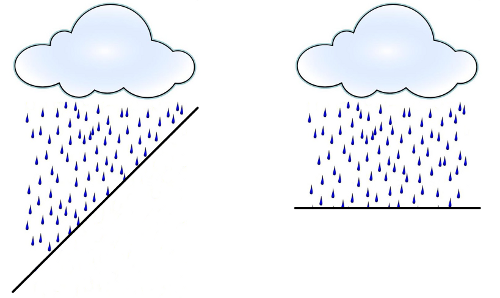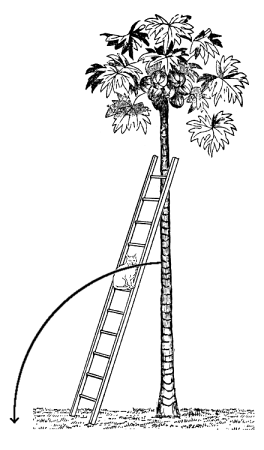A logic puzzle by Lewis Carroll, July 2, 1893. What conclusion can be drawn from these premises?
- All who neither dance on tight-ropes nor eat penny-buns are old.
- Pigs that are liable to giddiness are treated with respect.
- A wise balloonist takes an umbrella with him.
- No one ought to lunch in public who looks ridiculous and eats penny-buns.
- Young creatures who go up in balloons are liable to giddiness.
- Fat creatures who look ridiculous may lunch in public, provided that they do not dance on tight-ropes.
- No wise creatures dance on tight-ropes if liable to giddiness.
- A pig looks ridiculous carrying an umbrella.
- All who do not dance on tight-ropes and who are treated with respect are fat.













